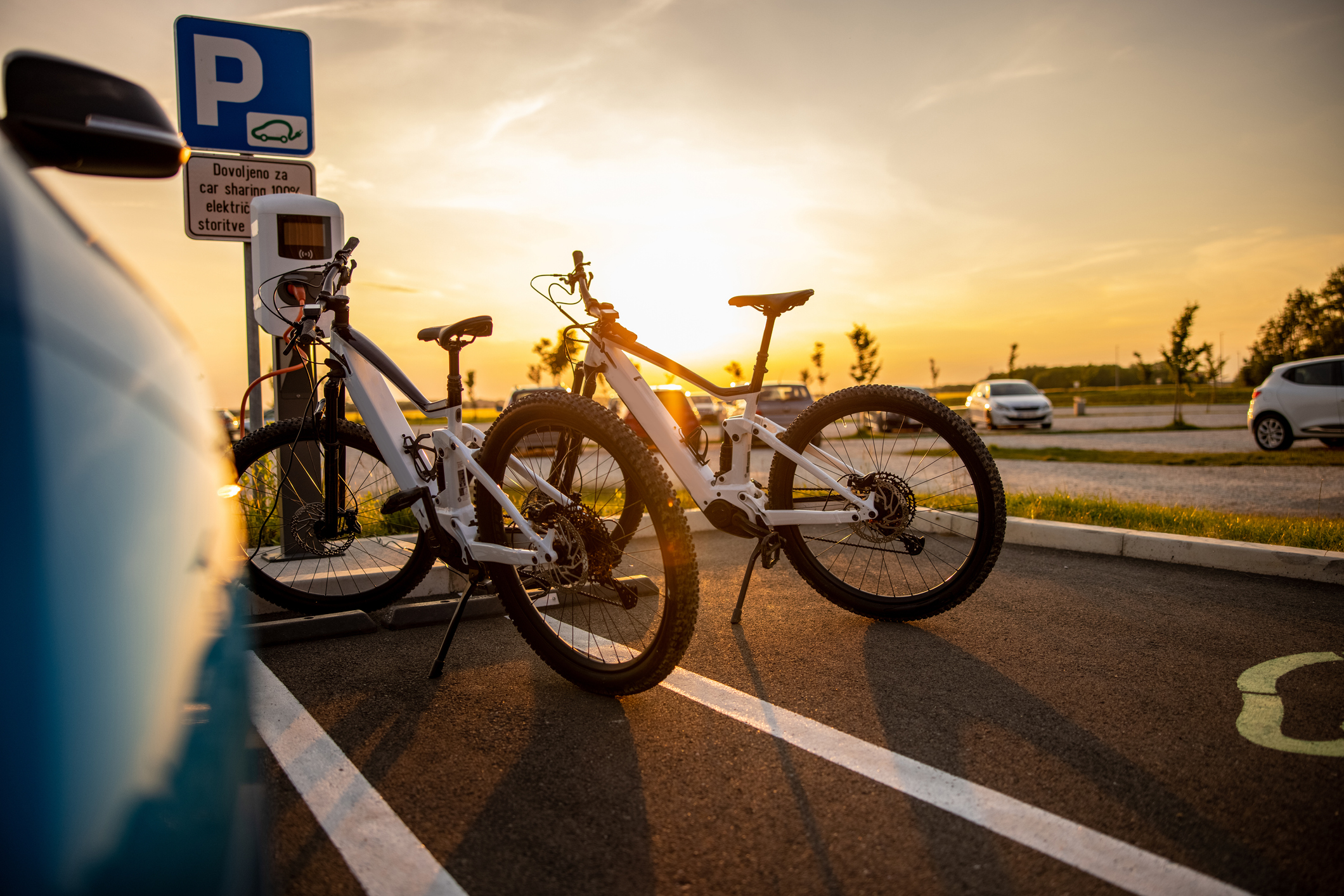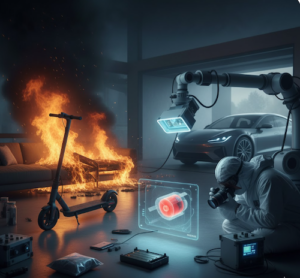Twelve-year old Molly Steinsapir crashed onto the pavement from a Rad Power E-Bike and never woke up. With a poorly regulated E-Bike industry, who is responsible when a child dies?
Source: Bicycling
By: Peter Flax
January 31, 2023
This story will begin and end on a breathtaking stretch of tarmac called Enchanted Way. The hills cradling Los Angeles are woven with roads like this—dead-end residential streets that corkscrew toward the sky, the views and the homes expanding as you ascend. Enchanted Way lies in Pacific Palisades, an affluent neighborhood on L.A.’s Westside that borders Malibu, Santa Monica, Brentwood, and the Pacific Ocean. If you are a fit road cyclist with proper gearing, it’s a nice little grind. According to the workout app Strava, the final 0.3 mile of Enchanted Way rises 150 feet, with a sustained pitch topping 14 percent. On a clear day you can see all the way to Catalina Island, 45 miles to the south, from the cul-de-sac at the top. It’s the kind of spot where anyone on a bike might pause to soak in the vertiginous panorama.
This story also begins with two preteen girls on a bicycle—to be specific, since it matters, on an electric bike made by the ascendant Rad Power Bikes. It was the final day of January 2021, on yet another balmy morning in Los Angeles. An 11-year-old named Eme Green was piloting the e-bike, and her friend Molly Steinsapir, 12, was nestled behind her on a cushioned seat intended for a second passenger. Molly and Eme were friends and neighbors, and both lived about a half mile downhill from this dramatic perch. One can imagine or at least hope that the girls felt some awe and delight up there, marveling at the expanse of earth and ocean and blue sky before them.
But then they turned that e-bike downhill and a terror unfolded. As Molly’s parents would later allege in a lawsuit, Eme could not stop the RadRunner, and the two girls crashed at high speed near the bottom of the steepest stretch of Enchanted Way. Molly, who was wearing a bike helmet, hit the pavement hard and lost consciousness.
Tragically, she would never wake up. Despite a series of increasingly desperate surgeries to address her head injuries, Molly would be pronounced dead a little more than two weeks later.
Of course, with a devastating crash like this, in which a beloved child dies, the aftershocks of the loss never stop. For Jon and Kaye Steinsapir, Molly’s parents, the grief of losing their eldest child is too large to properly express. Their daughter went out for a bike ride with a pal and never came home. So of course, this is an intensely personal story.
But it’s also a contentious legal story. The Steinsapirs are suing Rad Power Bikes, and their legal complaint alleges that the Seattle-based company should be liable for Molly’s death. Both of Molly’s parents are successful lawyers—Jon is a music attorney who represented Michael Jackson’s estate for more than a decade, and Kaye is an employment attorney—people who have the knowledge and resources and clout to turn their grief and their grievances against Rad Power into a high-powered legal tsunami. Kaye, an articulate storyteller, has taken her heartbreak to social media, picking up more than 120,000 Twitter followers along the way. Outlets like the New York Times, the Los Angeles Times, and People magazine have amplified the Steinsapirs’ contention that the e-bike manufacturer is to blame.
All of this comes at a time when electric bikes are exploding in popularity in the U.S. More than 1 million e-bikes were sold here in 2021, and it would not be hyperbolic to say that e-bikes could reshape the future of transportation. Massive numbers of people have discovered that e-bikes can replace many car trips, that they have an extremely low operating cost and a tiny environmental footprint, and that they’re fun to ride and can sidestep traffic. In the greater Los Angeles area where the Steinsapirs live—and in lots of other affluent communities around the country—e-bikes have become a de facto mode of transportation for kids of middle and high school age. These bikes give teens and preteens who are too young to drive enormous freedom and range, and also free their parents from the need to chauffeur them around town.
This, of course, is hardly the only demographic spurring the massive growth of the e-bike market—there is also a huge contingent of adult commuters and utility riders and fun seekers. And perhaps no company has profited more from the emergence of this market than Rad Power Bikes. Just in the year 2021, the company raised more than $300 million in funding from large institutional investors to help fuel its explosive growth trajectory. Named after its founder and former CEO, Mike Radenbaugh, the company rose above a crowded marketplace that lacked clear leaders, thanks to a line of cool-seeming e-bikes sold directly to consumers at price points between $1,500 and $2,500.
This story will raise questions that don’t lend themselves to straightforward answers. Some are philosophical questions that you’ll have to ponder yourself; some are legal questions that lawyers will argue and possibly a jury will have to deliberate; and some are questions that only legislative or regulatory bodies can address. Should children be allowed to ride e-bikes? How do you balance responsibility between parents and the companies that make those bikes? Should there be significantly more proactive regulation of e-bikes by the government, given that some e-bikes may not be as safe as they should be? And in the absence of such regulation, do the companies that make and market e-bikes—particularly the companies that sell relatively inexpensive e-bikes directly to the customer—have an ethical or legal obligation to do more?
None of the answers, however they are formulated or enacted, will diminish the loss of Molly Steinsapir. That precocious 12-year-old is gone forever. But her parents are determined to hold accountable the company that made the e-bike from which she tumbled onto the pavement and died. And along the way, the questions pushed into the public eye through cases like the one the Steinsapirs are mounting could present a reckoning for the unregulated growth of e-bikes.






